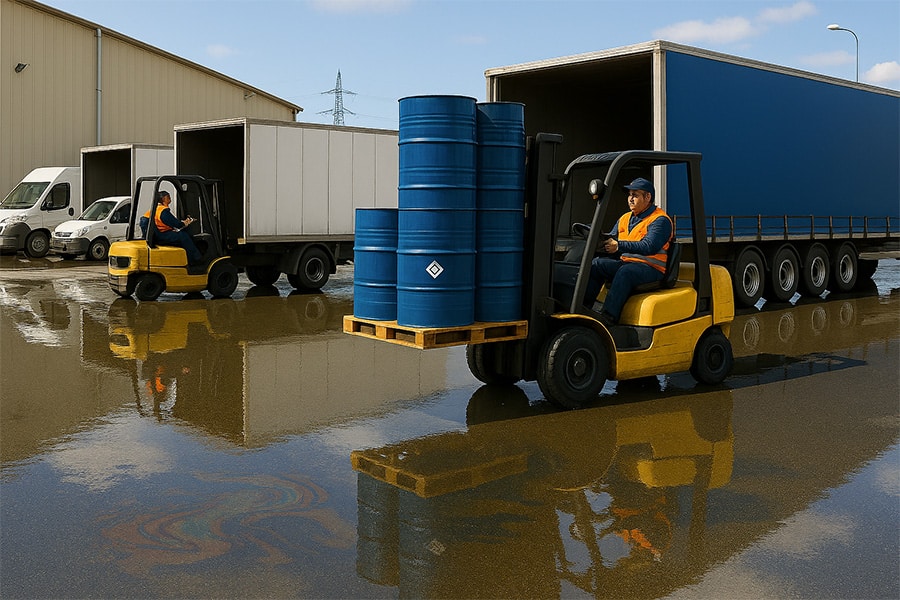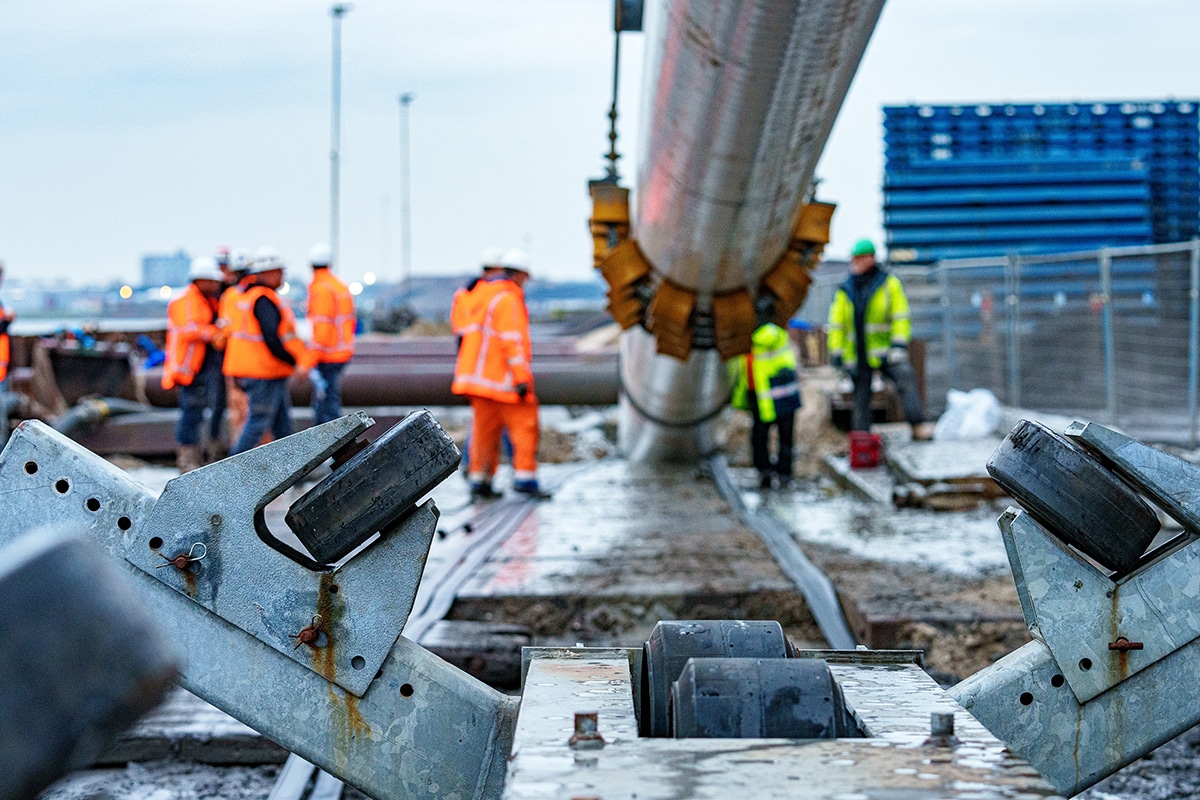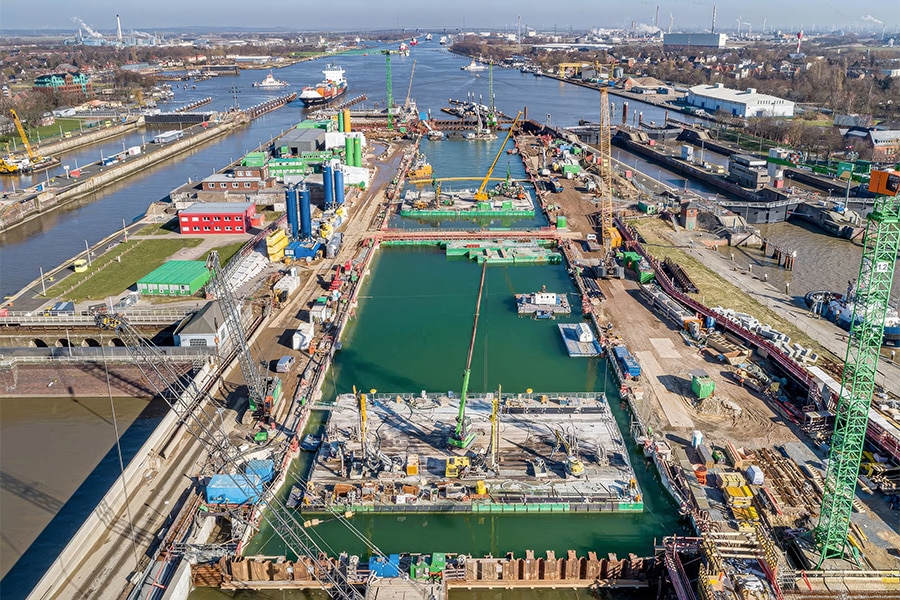
Professional and recreational shipping satisfied with renovation Lower Rhine and Lek weir ensemble
With representatives from commercial and recreational boating, we look back on the renovation and what it has done for their industries.
The 3 Lower Rhine and Lek dam complexes ensure, among other things, sufficient water levels for shipping to pass smoothly and safely on the Lower Rhine, the Leak and the IJssel. Important because 39,000 ships pass through the locks each year: 12,000 at Driel, 17,000 at Amerongen and 10,000 at Hagestein.
Renovation of weir ensemble
During the renovation, much was done for shipping: the weir ensemble was made suitable for 24/7 central operation from the new control center in Amerongen. In the locks, the lock gates were renovated, the concrete structures repaired and moveable parts and technical installations replaced. In addition, the (safety) lighting and signage in the lock chambers were renewed, as were the bollards and fetch basins, which were also expanded. Finally, the car drop-off area was enlarged.
Technology and insights
The renovation of the dam complexes had several reasons. Since they were built in the 1960s and 1970s, technology and insights into water management have not stood still. Today, there are more larger ships and shipping continues 24/7. In addition, the now more than 60-year-old weir complexes were simply in need of maintenance.
Did shipping itself notice anything about this aging? 'We ourselves not so', replied Fiona Oomen of Inland Navigation Logistics NL. 'Although sometimes there were failures with the doors and in leveling with the water. But as an industry, you know that these weir complexes are old, so maintenance is coming at some point.'
Well communicated
The renovation itself did inconvenience commercial shipping. 'For several months, the through river navigation was blocked (but accessible via a detour). Where there is work, there are blockages. Fortunately there was an alternative route, although ships which had to unload between Amerongen and Driel were inconvenienced. But it was well communicated by Rijkswaterstaat, which makes a difference!', explains Oomen. Onno Walda of the Watersports Association agrees: 'The communication was extremely good. We also had no other complaints about the renovation. After all, we recreationalists are never in a hurry!'
The locks also improved for pleasure boats. Locks can now be used day and night and on weekends. There were already lock bays especially for recreational navigation in Driel and Amerongen. Since more and more pleasure yachts now also pass through Hagestein, these locks have also been made for recreational navigation.
Walda: 'Nice that lockage is also possible on weekends; we do benefit from that. The nights are less relevant to us; recreational sailing is mainly between 8 a.m. and 6 p.m.'
Car drop-off
Oomen has not yet heard any reactions from her colleagues: 'But if these are better for safety, we can only welcome that, of course. The central 24/7 operation from Amerongen is also an advance. One small drawback: if there are small things going on, a mechanic has to come first.' In Amerongen there is still a lock master, but he must remain at his post.Before centralization, however, a mechanic also had to come to the site when a fault occurred, because the operator was not allowed to leave his post.'
'By the way, I am very pleased with the new drop-off point for cars; that was never a very convenient spot in the past. All in all, it is a good thing that the weir complexes have been renovated; that will save stoppages and breakdowns due to overdue maintenance in the years to come.'




